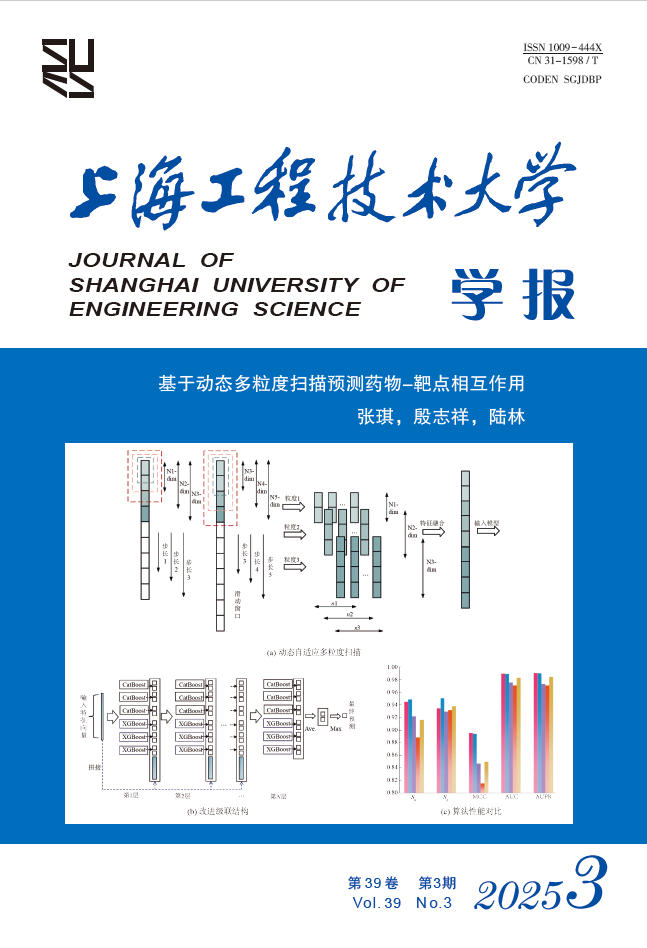2024 Vol. 38, No. 1
Display Method:
2024, 38(1): 1-6.
doi: 10.12299/jsues.23-0083
Abstract:
2024, 38(1): 7-14.
doi: 10.12299/jsues.22-0282
Abstract:
2024, 38(1): 15-22, 69.
doi: 10.12299/jsues.23-0111
Abstract:
2024, 38(1): 23-29.
doi: 10.12299/jsues.23-0108
Abstract:
2024, 38(1): 30-37.
doi: 10.12299/jsues.22-0241
Abstract:
2024, 38(1): 38-43.
doi: 10.12299/jsues.23-0175
Abstract:
2024, 38(1): 44-49.
doi: 10.12299/jsues.23-0152
Abstract:
2024, 38(1): 50-56.
doi: 10.12299/jsues.23-0060
Abstract:
2024, 38(1): 57-62.
doi: 10.12299/jsues.23-0174
Abstract:
2024, 38(1): 63-69.
doi: 10.12299/jsues.23-0082
Abstract:
2024, 38(1): 70-74.
doi: 10.12299/jsues.23-0147
Abstract:
2024, 38(1): 75-82.
doi: 10.12299/jsues.23-0037
Abstract:
2024, 38(1): 90-95, 100.
doi: 10.12299/jsues.23-0029
Abstract:
2024, 38(1): 96-100.
doi: 10.12299/jsues.23-0058
Abstract:





 Email Alert
Email Alert
 RSS
RSS
